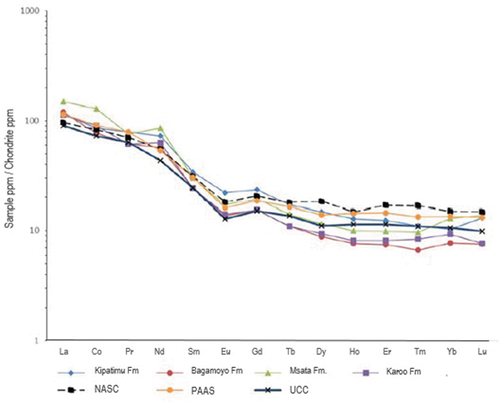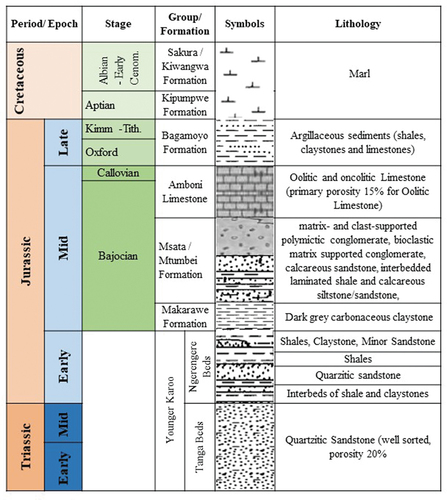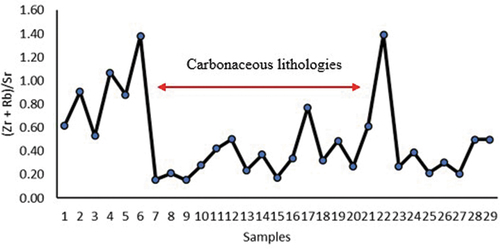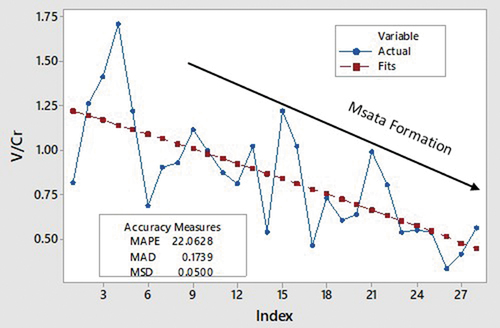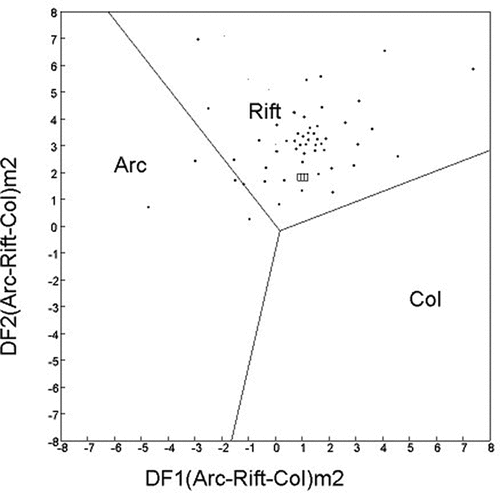Figures & data
Figure 1. Geological map of Ruvu basin (modified after Kent, Citation1954).
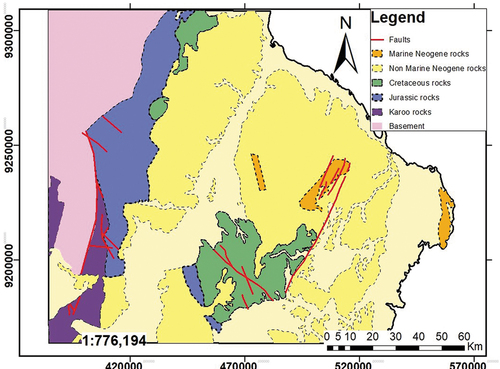
Table 1. Trace elements and rare earth elements (REE).
Table 2. Ratios of trace elements and rare earth elements (REE).
Figure 2. Msata formation. a) Matrix-supported conglomerate with clastic, granitic gneiss (black circle), mudstone (black arrow), precipitated calcite (red arrow) and pebble imbrications (black circle). b) Clast supported conglomerate with clastic, granitic gneiss (blue arrows), fossils fragments; brachiopods (black arrows) and gastropods (red arrow). c) Bioclastic matrix-supported conglomerate, it is highly weathered. d) Massive calcareous sandstone; brachiopods fragment (black circle). e) Fossiliferous calcareous sandstone with different fossils fragments like shells of brachiopods, bivalves, and gastropods. f) Planar bedded calcareous sandstone.
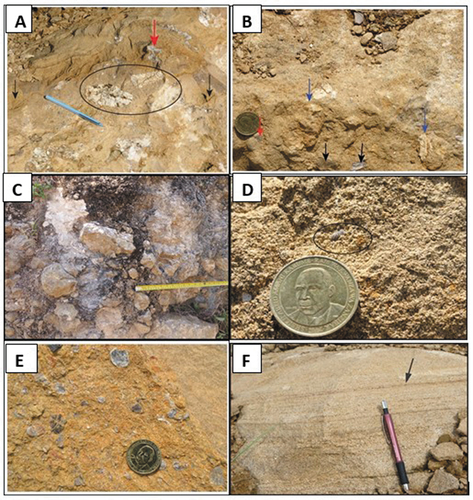
Figure 3. Msata formation. (a) convolute calcareous sandstone, (b) calcareous nodules, (c) fine stratified calcareous sandstone, and (d) finely laminated shale (black arrows) interbedded with sandstone/siltstone (red arrows).
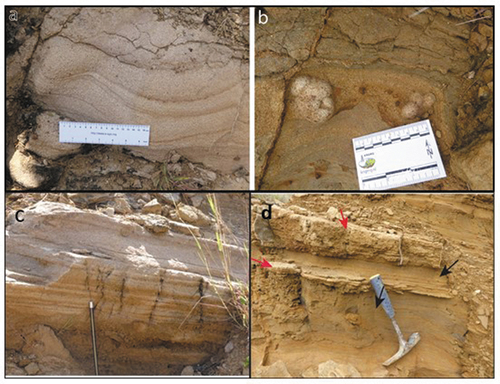
Figure 4. Stratigraphic section of the Msata succession showing features, facies association and depositional environment adapted from Kabohola (Citation2017).
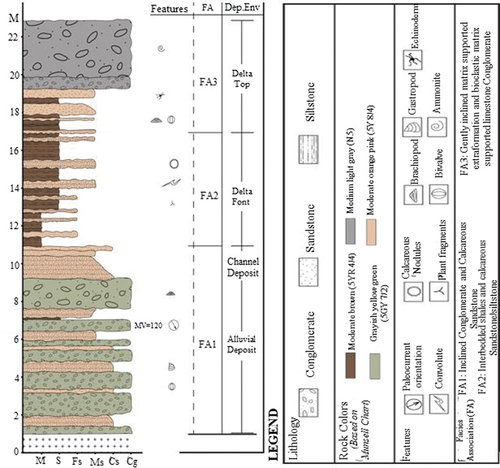
Figure 6. Average chondrite-normalized REE values for the siliciclastic sediments of the Ruvu basin. Chondrite values adapted from McLennan et al. (Citation1980).
